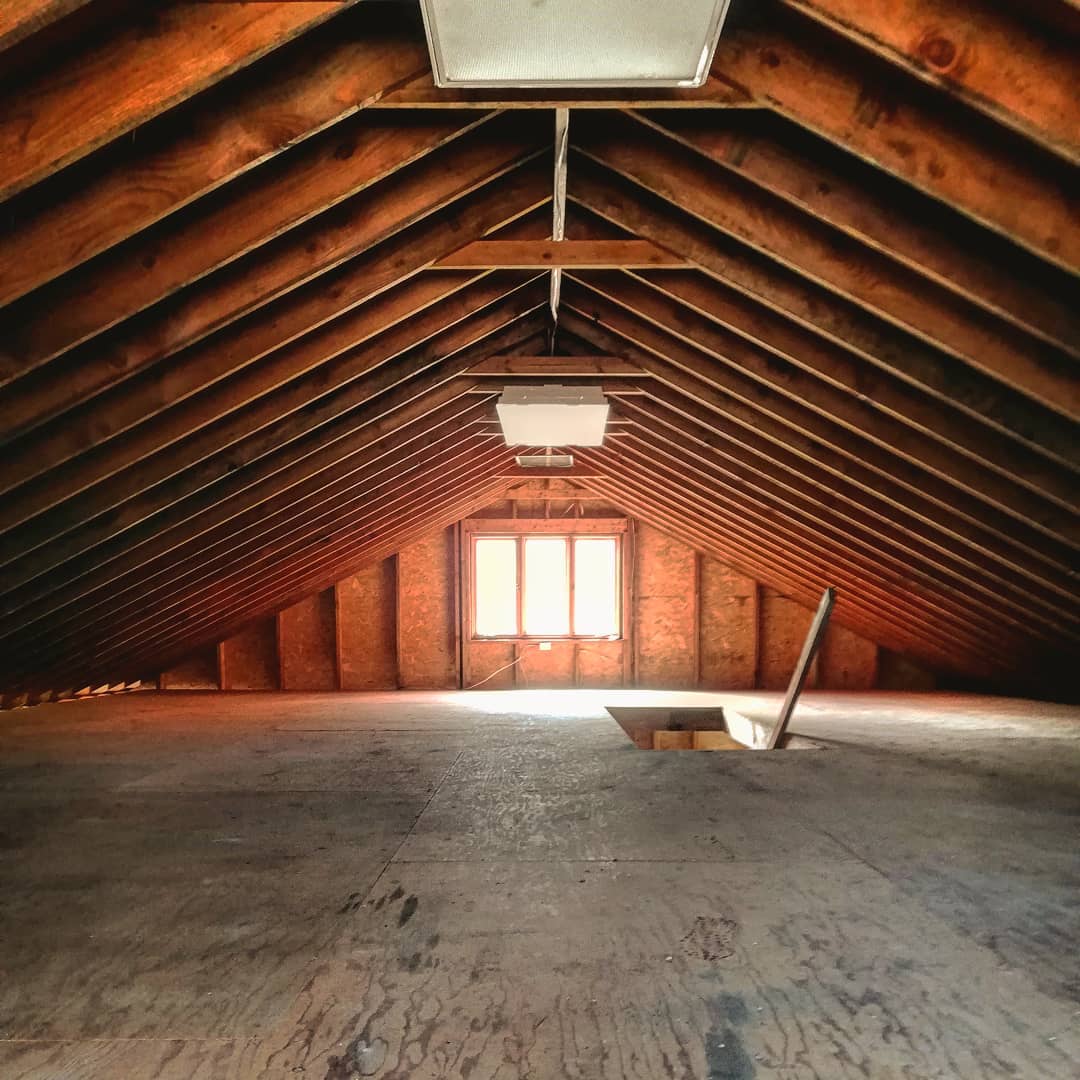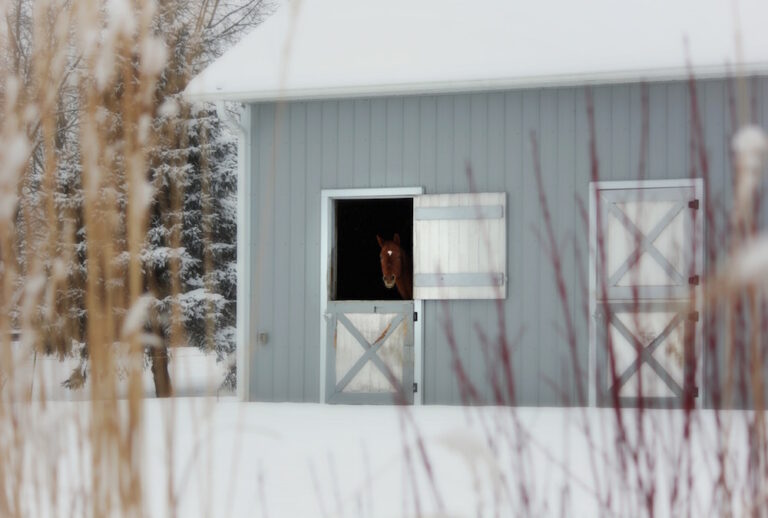Every Sign Your Property Foundations are Breaking and What You Need to Do About It
The largest investment most people will ever make in their lives is their home. For this reason, they usually expect to live there long enough for their investment to pay off, which means the house needs to be stable from the foundation up to the roof.

Many people neglect to pay attention to the foundation of their homes. Out of sight, out of mind, until problems start to happen. But when issues start arising with the foundation, major repairs could be in store if you don’t catch them early enough.
Small cracks or deterioration in a house’s foundation can cause concrete slabs to split. Even if your foundation is a beam or has a basement, damage can occur. The earth moves and shifts all the time, and your home is not immune to the effects.
Here is everything you need to know to watch for signs that your property foundations are breaking and what you can do about it.
What Causes Deterioration in Your Foundation?
Even the most expertly built foundations are affected by nature. Erosion, precipitation, and weathering will break down almost any man-made structure if given enough time.

Deterioration can be caused by any of these factors, but the most common include:
- The type of soil your foundation is set into and how well (or poorly) it is compacted
- The climate you live in
- The drainage your foundation gets
- Leaks in your plumbing
- Shifts in the earth due to major events.
Certain areas of the country are more prone to deterioration that comes with drought, while others face foundational problems caused by snow, ice, and freezing temperatures. Flooding is common in some areas and earthquakes or sinkholes in other locations.
Wherever you live, if you catch the warning signs early enough you may be able to fix your foundation problems quickly when you know what to look for and have an expert foundation repair contractor, like helitechonline.com.

Any concerns about foundation damage should quickly be addressed. Call the experts and set up an inspection immediately before minor problems become major issues.
But if you’re not sure what constitutes possible foundational problems, you can look for certain signs that show you your foundation is breaking. Once you know what is causing the problem, you can take the next steps in fixing it.
Signs Your Property Foundations are Breaking
Foundation repairs, when left too long, ultimately cause extensive problems that manifest in ways that affect your entire house. To avoid these costly and stressful issues, learn to recognize the following signs that your property foundations are breaking:
1. You see cracks or fractures in your property
Movement in your foundation will eventually create a gap that will become visible. This gap may show up as a crack in your floor or walls, might be interior or exterior, and may even be in your chimney.

Little cracks are to be expected when a foundation is new. This happens because it begins to sink and settle into the ground. However, if those cracks show up on the exterior materials of your home, you should have it checked, especially if they are horizontal. Horizontal cracks are a warning sign that there may be too much pressure around the edges of your house’s foundation.
Even small horizontal cracks are a cause for concern. Water or pests that find their way into these cracks can widen them or weaken them further.
2. Tears in your sheet rock are visible when you are doing repairs or renovations
As you continually work to improve the state of your home, you may pull down parts of your interior walls. When you do this, if you see rips or tears in your sheet rock, this could be a sign that you have foundational problems.

3. Sinking and settling after the initial 2-3 years of construction
It’s common for the first few years for your house to settle, but after that, signs of sinking or settling are warning alerts of foundation issues. If you begin to see that one side of your house is higher than the other or the middle appears to be sinking, you may need to have your foundation lifted in certain areas.

This is a common fix that just requires interior or exterior piers to be placed around your foundation’s edges to lift and strengthen it.
Over time, the erosion and weathering of the soil around your foundation will cause different parts of it to weaken. To begin with, the load bearing areas are equal, but as Mother Nature does her thing, the effects don’t happen equally and some parts of your foundation will stay stable while others weaken.
This instability is often what causes a once solid foundation to settle and sink in some areas and not others.
4. Upward movement of your foundation is a warning
It’s common – but not good – to see that your foundation has moved upward. This warning sign lets you know that your home is going through foundation upheaval.

Foundation upheaval is the complete opposite of settling. Instead of sinking into the ground, your foundation is being pushed up and out. This is an urgent foundational problem that needs to be addressed quickly before it pushes up all of the interior walls of your home.
The main cause of foundation upheaval is too much moisture. When your home is subject to major plumbing problems or heavy rain, trapped moisture under the ground can create a weight strong enough to push your foundation up. However, there are other natural causes of foundation upheaval, too.
Small signs of this could be doors that stick or minor shifting of columns and fireplaces in your home.
5. Other minor signs can be alarm bells
Little irritations throughout the day are easy to ignore, but these should put you on alert. If your doors are sticking and you have difficulty opening and closing them, you may have a foundational problem.

Interior doors will usually drag at the top, while exterior doors will hang down from the top and look unbalanced. Double doors won’t close correctly or will have a gap in the middle.
Doors aren’t the only minor signs of trouble. If you notice gaps around your window frames and trouble opening and closing your windows in combination with the door issues, your house is all but begging you for help.
These are all minor signs of big trouble ahead if you don’t get your foundation checked.
6. Signs come from your floors, too
Uneven floors or floors that look like they are sagging are indicators of possible foundation trouble. Floors will sag when foundation problems have made their way up and impacted concrete slabs, piers, or beams. This is not only a concern for your home; it’s also dangerous for those who live in the house.
7. Climb in your attic to look for foundation problems
It sounds strange, but sometimes the signs of foundation trouble in the ground can be noticed all the way up in your attic. If you have a home with a pier or beam foundation, wet crawl space or attic can be an indicator of trouble below.

Too much moisture in your attic might mean that your foundation is not draining well. This is common in areas with flooding or frequent precipitation.
Standing water and moisture is a breeding ground for mold and mildew, so in addition to property damage, you should be on the lookout for these signs to avoid health issues for you and your family as well.
What if You Have Foundation Warning Signs?
Unless you are a professional foundation contractor yourself if you are concerned that you may have foundation trouble you should always contact a qualified contractor to inspect your home.
In most cases, the evaluation is free and, at the least, can give you the peace of mind of knowing your issues are not foundational in nature. Otherwise, hiring the contractor for an inspection can help you catch problems before they become severe.

If the contractor you retain decides your problems require fixing, request an estimate in writing from them before they begin working. You can then get estimates from other companies or verify that the initial estimate is reasonable with a little research.
However, if the inspection yields trouble for your foundation, don’t take too much time tracking down the absolute best deal. Yes, we all want the best deal for our money, but foundation issues that sit too long may end up costing you much more than a few hundred dollars in different estimates.
Take a few days to get other estimates and choose the highest quality at the lowest price, taking into account who can get to your home the soonest and which companies have the best (or worst) reputations, and then get a contract started with your chosen contractor.
Catching the problem early is key in saving you trouble and expenses down the road with breaking foundations. Pay attention to warning signs and ask for help when necessary. If you are concerned that you may have foundation issues in your property, get in touch with a qualified foundation contractor as soon as possible for an evaluation.






